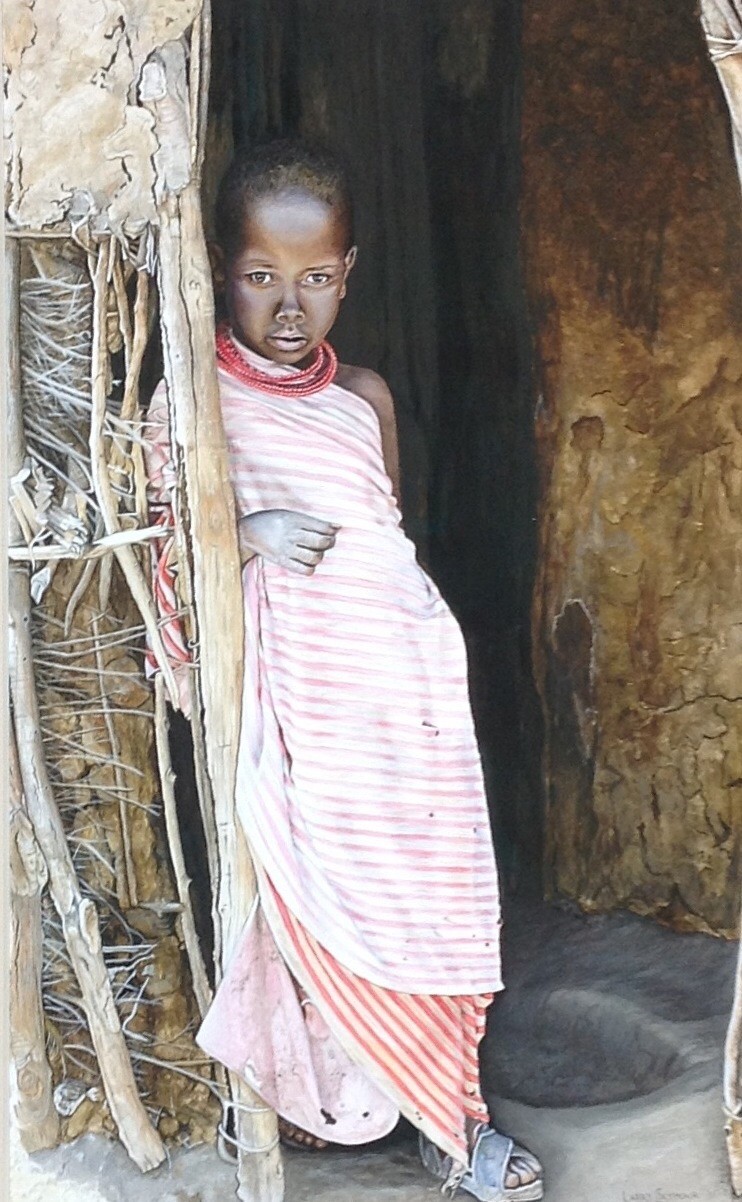

Today we’d like to introduce you to Larry Seymour.
Hi Larry, it’s an honor to have you on the platform. Thanks for sharing your story with us – to start, maybe you can share some of your backstories with our readers.
When I was a young boy in church, my mother kept me quiet by putting down a number and telling me to make a face from the number. This got me started. Then, in the third grade, I came home from school one day and traced a picture from a coloring book. The next day at school, I told everyone I drew and lied! Of course, they all doubted me, so I drew another picture so they could see that I could draw. In high school and college, I primarily did portraits. I painted five Miss South Carolinas and other beauty queens, and when I was a sophomore in high school, I did a pencil sketch of President Kennedy and sent it to him. He sent me a letter back thanking me. I also sketched John Glenn that year after his first space flight. Again, I sent it to him and got a letter back. I went to the Citadel before it had ladies, so all the guys wanted me to do sketches of their girlfriends, so I made a little spending money.
The big problem with portraits is capturing personality, so I started doing animals so I could do the personality I wanted. I first worked in pastels, then oils. Someone told me to try acrylics, but after using oils, I was afraid acrylic would dry too fast, and I couldn’t blend my colors. Before long, I used a hair dryer to make them dry faster so I could do more detail. After coming in fifth in the South Carolina Duck Stamp competition and being selected South Carolina Wildlife Artist of the year, I was selected to attend a Master class picked by Robert Bateman, the “godfather “ of wildlife art. I learned a lot, and I feel my work got better. I continued to work in acrylics and exhibited at the Southeastern Wildlife Exposition in Charleston, South Carolina. One year, the featured artist was Carl Brenders, whose work was extremely realistic. Carl liked my work and suggested I use what he pained with gouache. I had never heard of it. I experimented with it but never felt comfortable. In 2000, I attended a workshop with Carl in Bozeman, Montana. That was my turning point. Since then, my medium has been gouache.
We all face challenges, but would you describe it as a relatively smooth road?
I was not a full-time artist until recently. I worked several jobs, but my main career was being a high school biology, zoology, anatomy, and genetics teacher for 33 years. Of course, knowing an animal’s anatomy helps me ensure I get the bones and muscles right. While teaching, my art time was limited, so I didn’t get to paint as much as I wanted to. After retiring sixteen years ago, I can do what I love, paint.
Let’s switch gears a bit and talk business. What should we know about your work?
I consider myself a photorealist. I like my paintings to look as much like a photo as possible. I want to put all the details in. If an animal has a fly in its eye, I will put it there. I work from photos because you can’t remember all the details. One thing about my paintings that everyone talks about is the eyes. The eyes in my paintings follow you around the studio. I don’t know how to get them that way; I paint.
What has been the most important lesson you’ve learned along your journey?
To be a good artist, you must love your work, not get frustrated, and have fun. As someone told me, to do a good painting, you must make ten thousand mistakes, so start making mistakes. A good artist can fix that mistake, so it doesn’t look like one.
Contact Info:
- Website:larryseymourwildlifeart.com
- Facebook: Larry Seymour



















